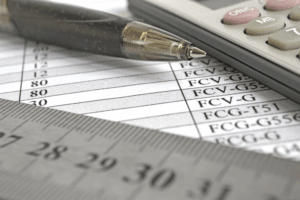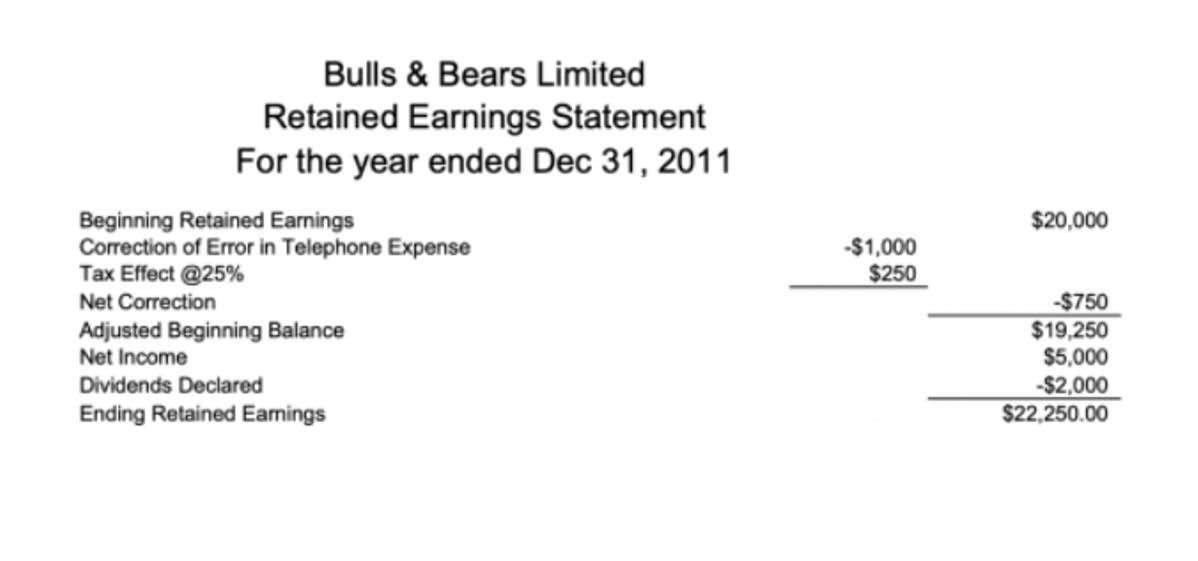
For example, if a construction company can sell an inoperable crane for parts at a price of https://www.aimbizglobal.com/how-to-calculate-gross-profit-formula-and-examples-2/ $5,000, that is the crane’s salvage value. Salvage value estimation has been a part of asset management practices for as long as businesses have needed to account for the depreciation of their assets. The concept helps in understanding how much value an asset retains over time and is critical in determining the annual depreciation expenses for financial reporting. This amount is carried on a company’s financial statement under noncurrent assets. On the other hand, salvage value is an appraised estimate used to factor how much depreciation to calculate.

How to Calculate After Tax Salvage Value: A Complete Guide
Salvage value represents the expected amount a company can recover from an asset at the end of its useful life, often influencing depreciation calculations. Companies deduct the salvage value from an asset’s original cost to determine its total depreciable amount. Accurate estimation of salvage value can aid in forecasting cash flows and anticipating future proceeds, though it’s typically an estimate rather than a precise figure. Utilizing methods such as the percentage of cost, appraisals, or historical comparables helps companies make informed depreciation and financial planning decisions. Therefore, the DDB method would record depreciation expenses at (20% × 2) or 40% of the remaining depreciable amount per year. Calculating depreciation with consideration of the salvage value ensures that the asset’s cost is accurately spread over its useful life.

What Is Salvage Value in Accounting and How Is It Calculated?

With a 20% straight-line rate for the machine, the DDB method would use 40% for yearly depreciation. Salvage value is the amount a company can expect to receive for an asset at the end of the asset’s useful life. A company uses salvage value to estimate and calculate depreciation as salvage value is deducted from the asset’s original cost. A company can also use salvage value to anticipate cash flow and expected future proceeds. In some contexts, residual value refers to the estimated value of the asset at the end of the lease or loan term, which is used to determine the final payment or buyout price.
Double-Declining Balance Method
In many cases, salvage value may only reflect the value of the asset at the end of its life without consideration of selling costs. Salvage value is important in accounting as it displays the value of the asset on the organization’s books once it completely expenses the depreciation. This method assumes that the salvage value is a percentage of the asset’s original cost. To calculate the salvage value using this method, multiply the asset’s original cost by the salvage value percentage. Depending on how the asset’s salvage value is changing, you may want to switch depreciation Medical Billing Process accounting methods and report it to the IRS.

Trial Balance
In this article, we’ll walk you through the process of calculating the after tax salvage value. Calculate the after-tax salvage value of assets to understand your true recovery value how to calculate after tax salvage value after tax implications. This calculator helps businesses and investors assess the real value they’ll receive when disposing of assets, considering capital gains taxes and depreciation recapture. An asset’s depreciable amount is its total accumulated depreciation after all depreciation expense has been recorded, which is also the result of historical cost minus salvage value.

According to Generally Accepted Accounting Principles (GAAP), these costs should be capitalized and reflected on the balance sheet as part of the asset’s recorded value. This ensures a precise calculation of depreciation expenses, which ultimately impacts the estimated salvage value. Cash method businesses don’t depreciate assets on their books since they track revenue and expenses as cash comes and goes. However, calculating salvage value helps all companies estimate how much money they can expect to get out of the asset when its useful life expires.
What Is Salvage Value vs. Book Value?
- You want your accounting records to reflect the true status of your business’s finances, so don’t wait until salvage value formula tax season to start thinking about depreciation.
- It represents the estimated value of an asset when it is no longer useful or productive to a company.
- He has been a manager and an auditor with Deloitte, a big 4 accountancy firm, and holds a degree from Loughborough University.
- The company purchased the asset for a total basis of $51,000 and is projected to net $9,000 upon its eventual disposal, resulting in a total cost to the business of $42,000.
- The salvage value is subject to tax, and the after tax cash flow should be used.
Gains or losses may arise depending on the asset’s book value relative to the sale price. If the asset is sold for less than its book value then the difference in cost will be recorded as the loss of the tax values. In this situation, the salvage values calculated are less than the book value.
Step 2: Determine the Asset’s Useful Life
Sometimes, the thing might be sold as is, but aftertax salvage value other times, it might be taken apart and the pieces sold. So, salvage value is the money a company expects to make when they get rid of something, even if it doesn’t include all the selling or throwing away costs. The double-declining balance method doubles the straight-line rate for faster depreciation. When calculating depreciation in your balance sheet, an asset’s salvage value is subtracted from its initial cost to determine total depreciation over the asset’s useful life. Incorporating a robust ERP system like Deskera can significantly enhance how businesses manage and calculate salvage value. Deskera ERP provides comprehensive asset management features that streamline the tracking, depreciation, and eventual disposal of assets.
Tax Reporting
- So, total depreciation of $45,000 spread across 15 years of useful life gives annual depreciation of $3,000 per year.
- The current assets are assets which have maturity less than 1 year or operating cycle such as accounts receivable, inventory etc.
- If an asset is used for both business and personal, only the business part is deductible.
- Companies determine the estimated after tax salvage value for anything valuable they plan to write off as losing value (depreciation) over time.
When managing capital assets, businesses must account for their eventual disposal. The after-tax salvage value (ATSV) plays a crucial role in capital budgeting decisions, tax planning, and financial forecasting. In this article, I explore the mechanics of ATSV, its importance, and how to compute it accurately.
